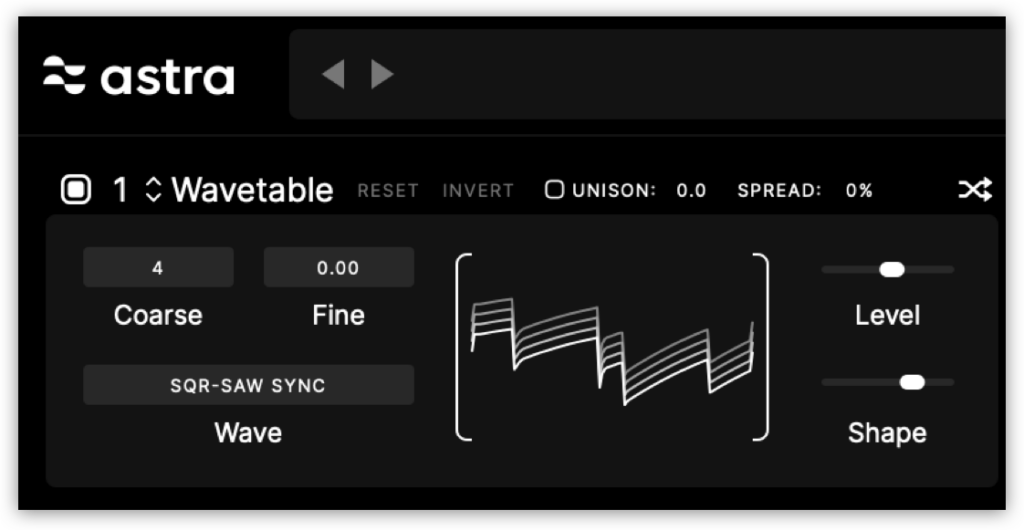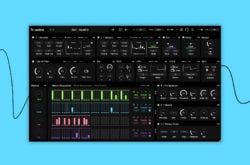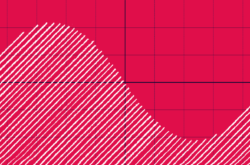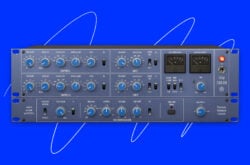Illustration: Tim Peacock
Instead of making waves from scratch, wavetable synthesis modifies and combines existing waveforms to generate its characteristic sound.
You might think to yourself, “But wait, I thought synths and samples were separate?” While wavetable synthesis does use stored audio, it loops that audio over and over to synthesize a tone (instead of just once, like a traditional sampler instrument would). This technique also allows you to move between different sounds and create evolving textures quickly and easily. In this article, let’s explore wavetable synthesis’ history, how it works, and some popular instruments that allow you to incorporate it into your music.
How wavetable synthesis works
Wavetables are essentially a way to access and reproduce periodic (a.k.a. repeating) audio waveforms. They can store a single cycle of a periodic wave, or a collection of many different waves in a lookup table. The waveshapes themselves range from simple to complex, such as ones adapted straight from recordings or resampled audio, which can contain a ton of slightly different, evolving ‘snapshots’ of that larger sound.
While additive and subtractive synthesis depend on oscillators that each generate one type of wave (ex. sine, triangle, saw, square), wavetable synthesis lets you call up, cycle through, and fade between waves on demand. These shifts are usually accomplished by manually changing the wavetable position on the synth itself, or using an LFO to automate things a bit more. Because the raw sound source is being stored and played back rather than generated from scratch, wavetable synthesis can be a lot less memory and CPU-intensive, while achieving the same effect as more complex synthesis techniques.
Then and now
Wavetable synthesis is actually a pretty old technique for generating sound digitally, having been developed in the late 1970s by Wolfgang Palm for his company PPG. Some of the first synthesizers employing wavetables came out in the 1980s and 1990s from PPG and Waldorf, with the most well known being the WAVE series. Sounds from these instruments can be heard in the music of David Bowie, Art of Noise, Depeche Mode, Rush, Stevie Wonder, and Hans Zimmer (just to name a few).
The inherently digital nature of wavetable synthesis has also made it a perfect candidate for plugins and software instruments in recent years. Massive, Vital, Pigments, Omnisphere, and Serum all support wavetables, with some allowing you to create your own or convert images into sound. Splice’s new Astra synth also has a wavetable mode for both of its main oscillators, with over 200 factory tables to choose from.

What’s your favorite wavetable synth? Let us know in the comments below.
Dive into the world of wavetable synthesis with a free trial of Astra:
July 6, 2021



